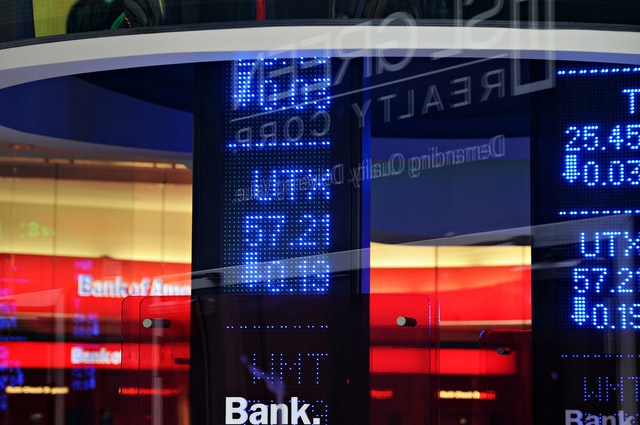On Monday, as concerns increased over Omicron, the major averages dropped while inverse ETF traders made significant gains.
The Dow Jones Industrial Average fell about 550 points, with losses in sectors such as banking and aerospace contributing to the decline. The S&P 500 dropped 1.5%, while the technology-focused Nasdaq Composite lost 1.6%.
On Monday, the S&P 500 ETFs mirrored the declines in their underlying stocks, with the SPDR Dow Jones Industrial Average (DIA), the SPDR S&P 500 (SPY), and Invesco QQQ Trust all losing ground.
As the winter holiday season approaches, the Omicron variant of the coronavirus is decimating humanity.
The market’s response to the news has been severe, and it has dampened the reopening of stock and ETFs on Monday. On Monday, cruise companies like Royal Caribbean and United Airlines and Southwest fell, the Defiance Hotel, Airline, and Cruise ETF (CRUZ) and the U.S. Global Jets.
Even though some investors and analysts are still waiting for a Christmas rally, other experts warn investors that if certain thresholds are breached, the market could offer a wild ride, including increased volatility.
“If the main short-term support/resistance levels are shattered, it could still lead to a substantial move before the end of the year,” says Matt Maley, chief market strategist at ‘Miller Tabak + Co.’ The firm’s head market strategist admonished investors in a note to clients, referring to”
Maley said that if volatility falls below or rises above certain threshold levels, trading algorithms could be triggered, pushing the market further and producing a potential tsunami effect as volatility increases. The VIX, or index for volatility, is presently up over 8% following Monday’s stock losses.
On the other hand, a bearish ETF trade is suitable for inverse ETF traders.
The ProShares Short S&P 500 (SH) rose about 1.5 percent on Monday, while the broader indexes fell by more than 4%. On Monday, the Direxion Daily S&P 500 Bear 3X Shares (SPXS), a highly leveraged ETF with
SPXS has short exposure to the broad-based S&P 500 Index three times daily, making it a vital tool for bearish investors who expect the United States’ large-cap equities to decline over time. Investors should be aware that SPXS’s leverage resets each day, resulting in greater returns if held for multiple days. The GBZ ($20,800) indicator is a complex technical analysis that uses price trends. It’s best suited for sophisticated investors with a high-risk tolerance and the ability to hold on for the long run; otherwise, it might be harmful.
“The continuing decline in stock prices reflects growing uncertainty about whether the Omicron surge will bring new widespread economic shutdowns, an unforeseen delay of additional fiscal stimulus from President Biden’s Build Back Better plan, and a breach by the S&P 500 index of its 50-day moving average,” said Jim Paulsen, chief investment strategist at the Le
The stock market may be reacting to political news, with conservative Democratic Sen. Joe Manchin starting on Sunday that he will not support the Biden administration’s “Build Back Better” initiative, which is likely to destroy the prospect for the $1.75 trillion social spendings and climate policy bill to pass in its current form and pushing banks to adjust their
In the wake of Manchin’s announcement, Goldman Sachs changed its GDP prediction, reducing its first-quarter 2022 estimate from 3% to 2% and lowering second-quarter and third-quarter growth projections.
“In light of Manchin’s remarks, the chances have decreased, and we will remove the assumption from our forecast,” wrote Goldman’s economist Jan Hatzius. “The main challenge I see is that the current system of corporate campaign financing and contribution limits will be left in place,” said Manchin. “This was an agreement between President Obama and House Minority Leader Nancy Pelosi when the Senate passed a clean bill last year to extend these provisions for two years. While many on our side have expressed
Stocks have had a horrible week, with the S&P 500 declining around 2%, as the Nasdaq Composite fell roughly 3% last Monday alone, and investors abandoned growth stocks anticipating rising interest rates. The asset adjustments came as the Federal Reserve hinted it might push for a more aggressive strategy to cut back on asset purchases and possibly raise.

